Vampire films have existed as long as the art of cinematography has existed. The 1896 French silent film The House of the Devil depicts a man being transformed into a bat, and this pantomime film predates what is generally understood to be the first true vampire film, Nosferatu: A Symphony of Horror. These movies established an early link between the progression of technology in cinema and the development of vampire tropes in film.
There has never been a time that vampires have left the collective imagination since these horror stories came to the silver screen. Ryan Coogler recently entered the vampire arena with his box office sensation, Sinners. If you enjoyed Coogler’s tale of twin brothers, played by Michael B. Jordan, returning to their hometown, only to find a supernatural evil lying in wait, then these are the next vampire movies you need to watch.
Sinners
- Release Date
-
April 18, 2025
- Runtime
-
138 Minutes
10
‘The Lost Boys’ (1987)
Directed by Joel Schumacher
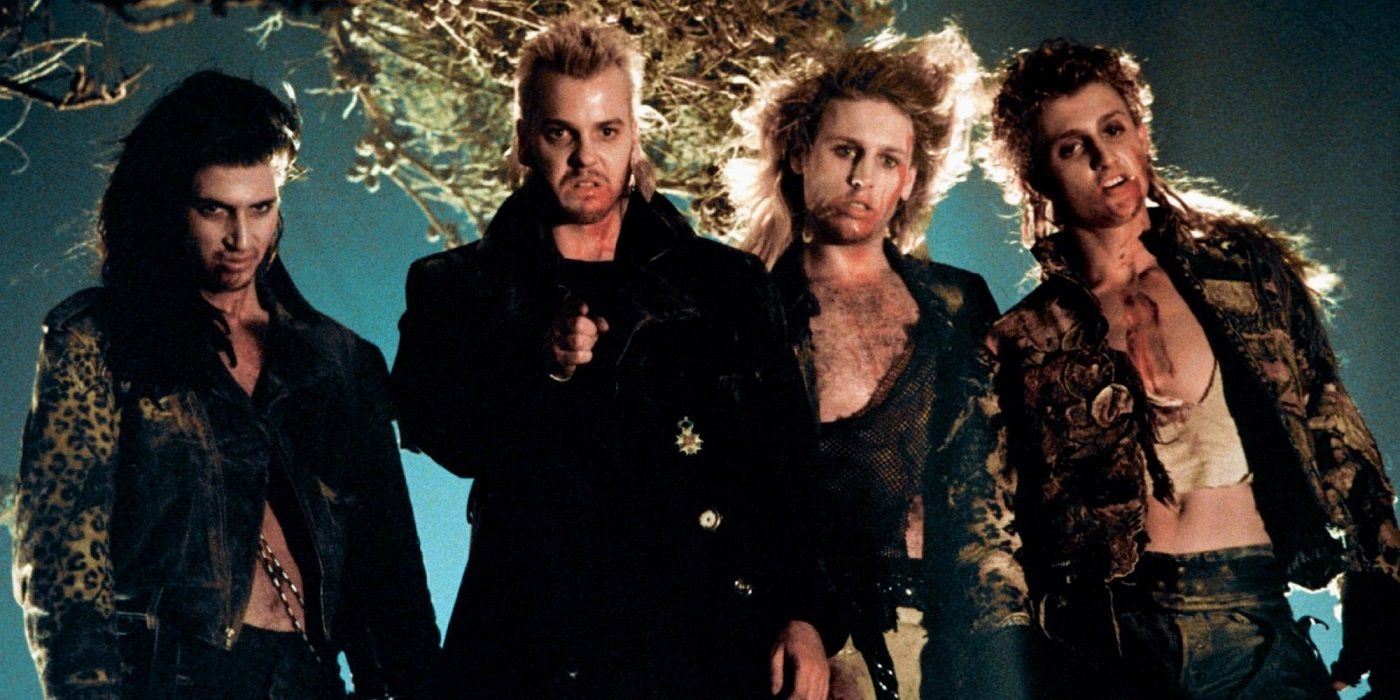
The Lost Boys tells the story of two young brothers, Michael (Jason Patric) and Sam (Corey Haim), who move with their single mother Lucy Emerson (Dianne Wiest) to a fictional California town, Santa Carla. There, the brothers discover the town is filled with a den of vampires, led by a charismatic Peter Pan analog, David (Kiefer Sutherland). His group of young and hungry late-night associates helped to usher in a new era of vampire culture that would influence later projects like Buffy the Vampire Slayer.
The idea of vampires converging on a small town is a central trope in many vampire films. Just as Coogler’s twin brothers find themselves inundated with vampires in their 1930s juke joint, Michael and Sam find that Santa Carla has become a feeding ground for David and his gang of lost boy vampires. For being an influential horror film that brought teenage rebellion into the vampire world, The Lost Boys is a must-see for anyone who enjoyed Sinners.
9
‘The Brides of Dracula’ (1960)
Directed by Terence Fisher
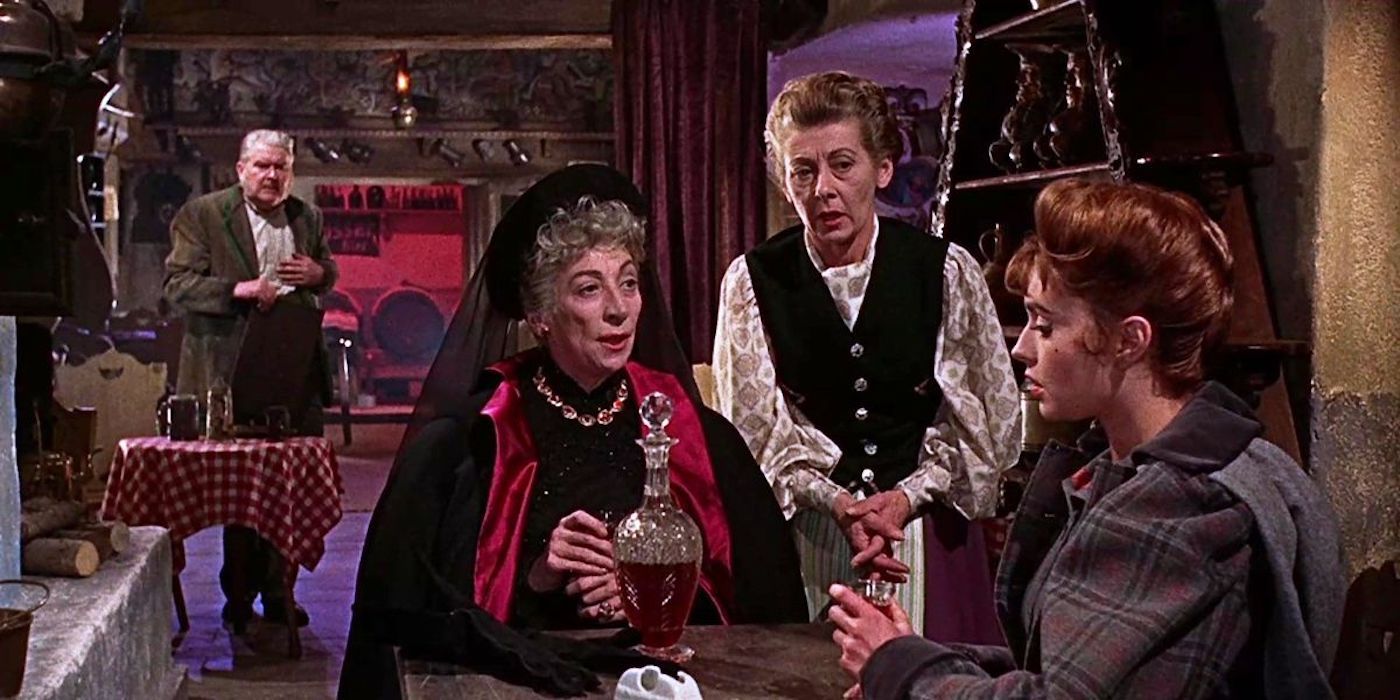
This 1960 British Gothic horror film was a sequel to the original 1958 Dracula movie and helped to establish many vampire film tropes. Despite the fact that Dracula (Christopher Lee) does not make an appearance, his rival from the 1897 Bram Stoker novel Dr. Van Helsing (Peter Cushing) does. With an innocent ingénue, Marianne (Yvonne Monlaur), a vampire Baron and his overbearing mother, a large dose of Holy Water, vampire babes, and a retreat to an abandoned mill, The Brides of Dracula is a perfect classic horror film.
For Sinners enthusiasts that want to go back to the roots of the genre, The Brides of Dracula is a classic worth revisiting. Dracula’s brides, similar figures to the classic character the bride of Frankenstein, the ladies who have been turned by his wicked descendant, the Baron Meinster, have themselves become classic symbols of the genre. As is the figure of an innocent young woman tempted by an alluring vampire. The Brides of Dracula has so many classic tropes and characters, it’s a foundational film in the vampire genre, even though it is a sequel.
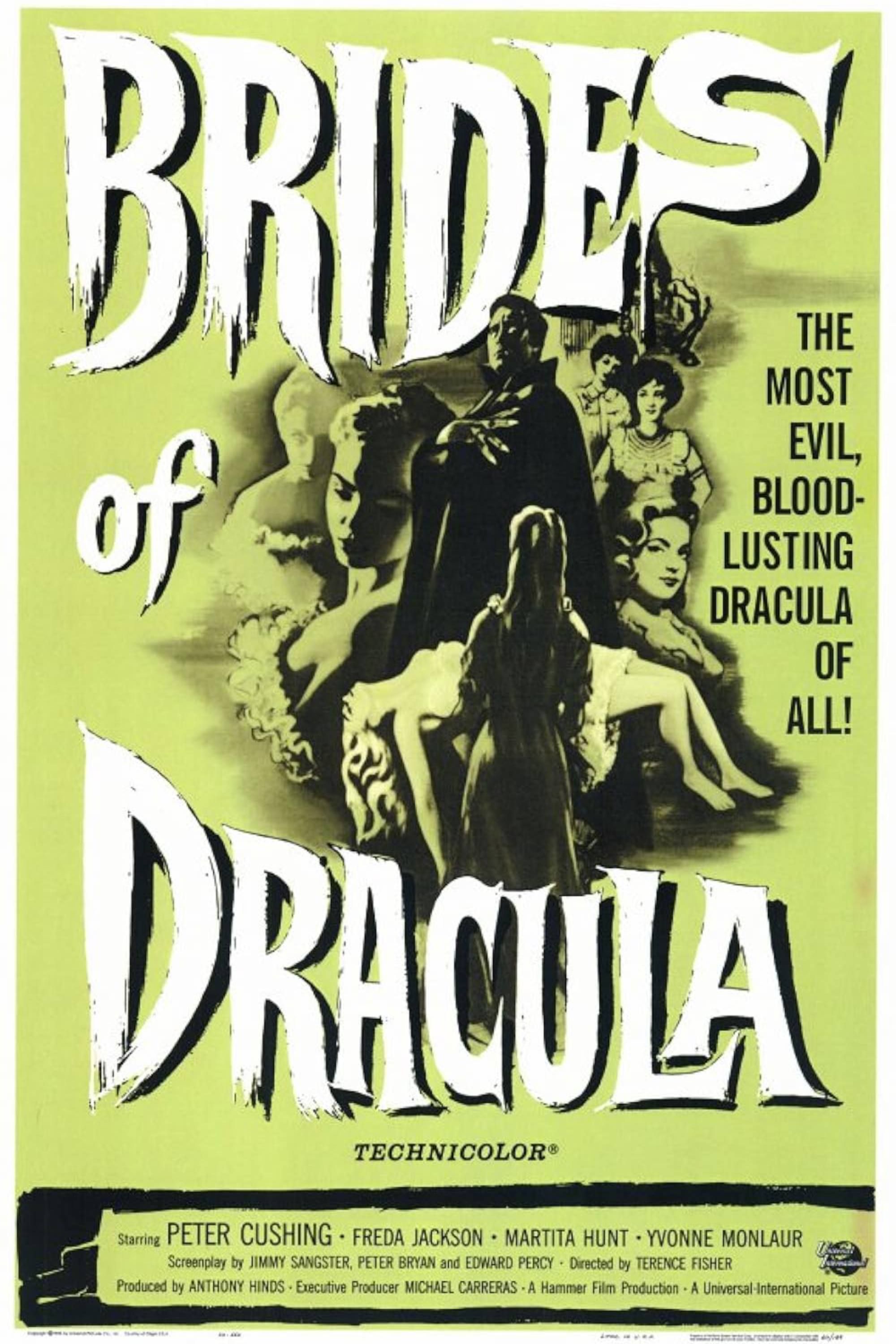
The Brides of Dracula
- Release Date
-
September 5, 1960
- Runtime
-
86 Minutes
-

-

Martita Hunt
Baroness Meinster
-

Yvonne Monlaur
Marianne Danielle
-

8
‘From Dusk till Dawn’ (1996)
Directed by Robert Rodriguez
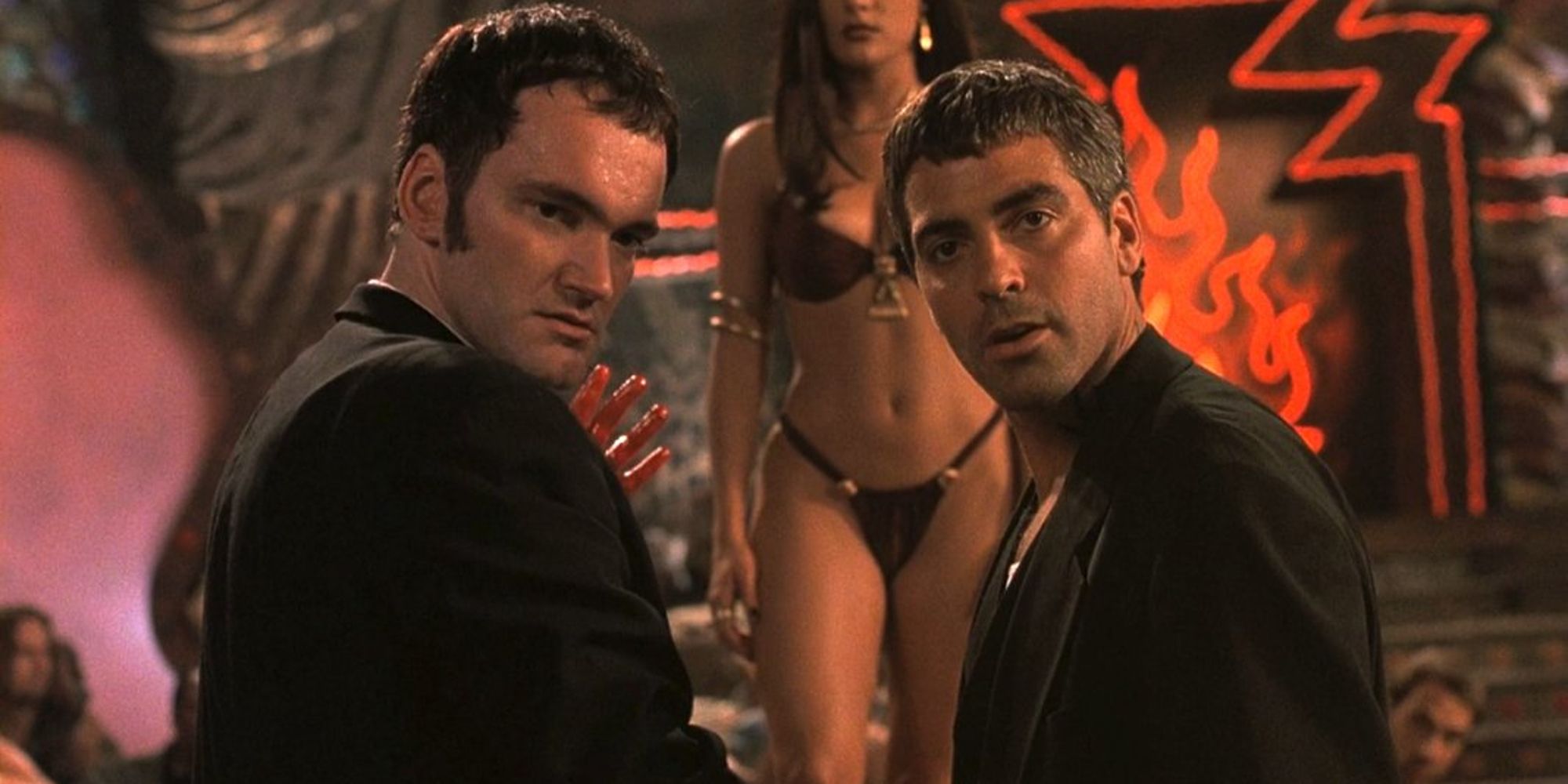
The smoky and gritty world in From Dusk till Dawn is reminiscent of the world Coogler built with his 1930s Mississippi juke joint in Sinners. Written by Quentin Tarantino and directed by Robert Rodriguez, this horror film kicks into action in the opening moments, as viewers are introduced to bank robber brothers Seth Gecko (George Clooney) and Richie Gecko (Tarantino) as they hold up a liquor store. Things take a turn for the supernatural when the brothers escape to a Mexican strip bar called the Titty Twister, and the staff and patrons turn out to be a den of vampires.
This vampire film is a blend of camp and gore, bundled up into a typical Tarantino action plot. The talented cast and action-packed narrative keep the viewer invested in this horror thriller. While some of the films on the list take a more grim approach to the horror element of the genre, this Rodriguez vampire film is a zany viewing experience with every rewatch.
7
’30 Days of Night’ (2007)
Directed by David Slade
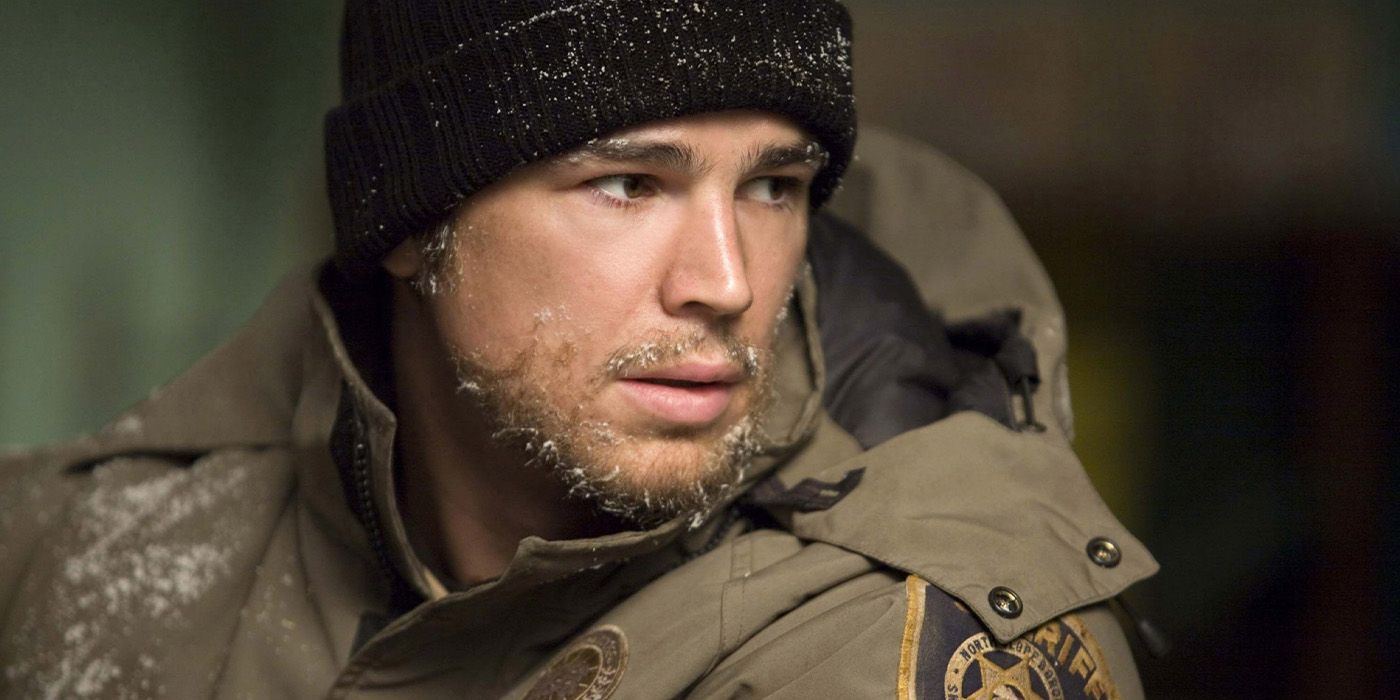
30 Days of Night is based on a comic series of the same name, and is an entry on the list of vampire films that definitely amps up the horror. The narrative follows a sleepy Alaskan town that is overtaken by vampires as it enters a polar night that lasts 30 days. As the ruthless gang of vampires swarms the town, the number of survivors in the local population dwindles as they struggle to band together and last until dawn.
Josh Hartnett plays an embattled town sheriff whose estranged wife just missed the last flight out of town, providing some emotional backdrop to the supernatural turmoil. Not only do the residents have to face off against the vampires, but the typical Alaskan weather also provides its own obstacles in the film as the locals struggle to survive. Plus, the fast-moving, zombie-like vampires of the film are more akin to true creatures, rather than the sexy, stylized vampires that have come into popularity over the years.
6
‘Underworld’ (2003)
Directed by Len Wiseman
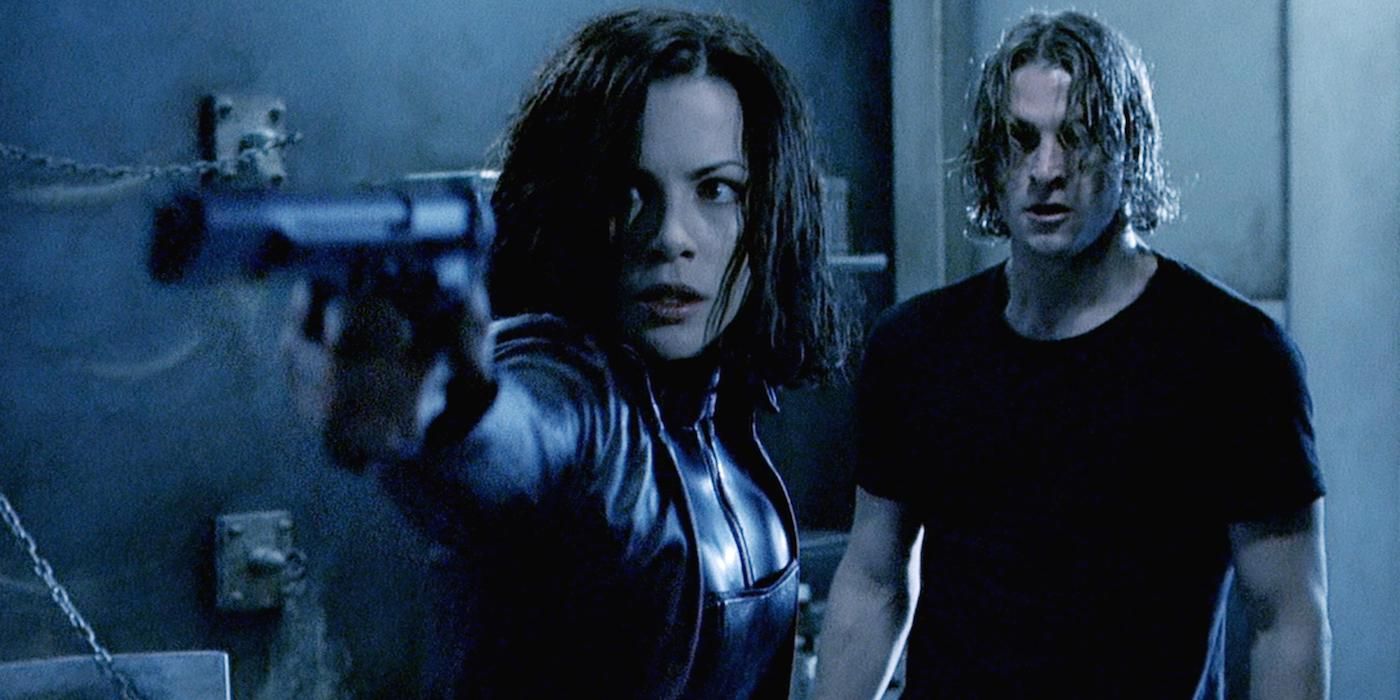
The stylized world building in the 2003 film Underworld launched an exciting new supernatural franchise. The war between vampires and lycans (werewolves) that has been underway for centuries is interrupted as one intrepid vampire assassin, Selene (Kate Beckinsale), suspects that another vampire in her order is working with the lycans. Selene awakens an elder vampire, Viktor (Bill Nighy), to intervene, as she works to discover why the lycans are interested in a seemingly normal human, Michael Corvin (Scott Speedman).
Underworld is a great watch for anyone who is a fan of Sinners because both films excel at world building. It is easy to get lost in the stylized worlds created by the filmmakers, as they apply their imaginative skills to the vampire genre. And Underworld is a film with numerous sequel films, which provides generous material for those who want to truly catch up with the lore.
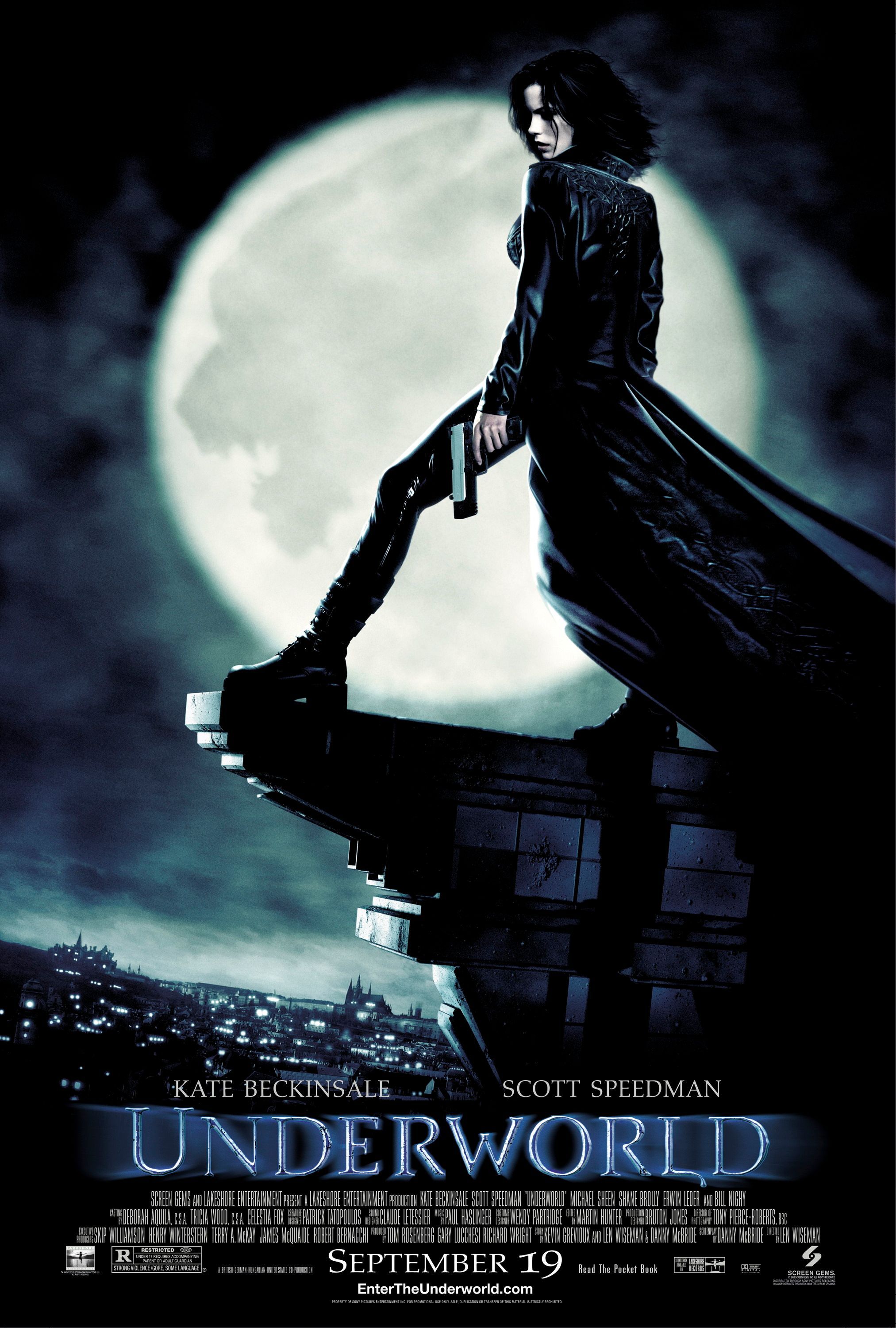
Underworld
- Release Date
-
September 19, 2003
- Runtime
-
122 Minutes
5
‘A Girl Walks Home Alone at Night’ (2014)
Directed by Ana Lily Amirpour
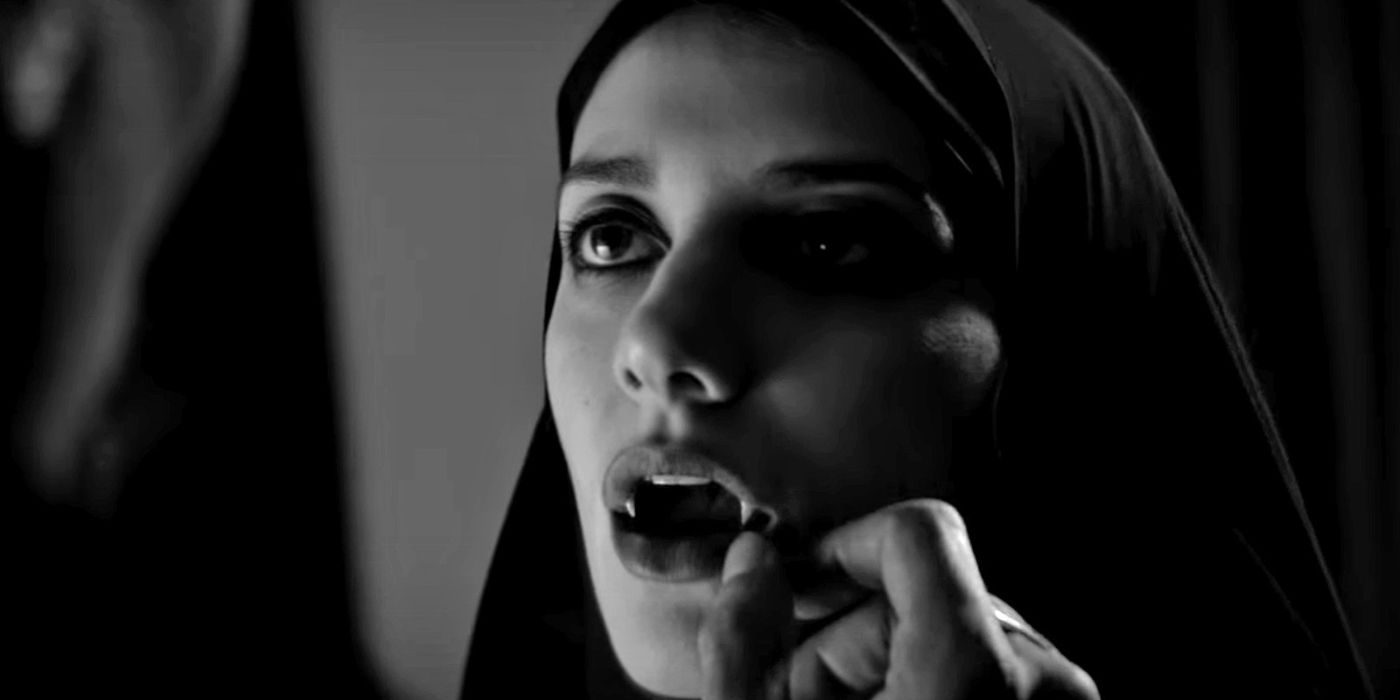
This gorgeously crafted Farsi-language independent film draws from American Western and vampire film tropes. A Girl Walks Home Alone at Night offers a uniquely female perspective on not only vampire films, but film making in general. The Iranian-American director and writer Ana Lily Amirpour brings to life an eerily human vampire known only as The Girl (Sheila Vand), who wanders the streets of an Iranian town, seeking out criminals and abusive men as her victims.
It’s the reversal of the typical victim/perpetrator roles when it comes to walking alone at night that makes the film such a unique viewing experience. The story unfolds beautifully, and the film’s thought-provoking themes are a cut above many other vampire films. The independent film blends humor and romance with some pretty grim scenarios in the fictional Iranian underworld it depicts. A Girl Walks Home Alone at Night is a moody vampire film that exists between genres, between languages, and between worlds.
4
‘Queen of the Damned’ (2002)
Directed by Michael Rymer
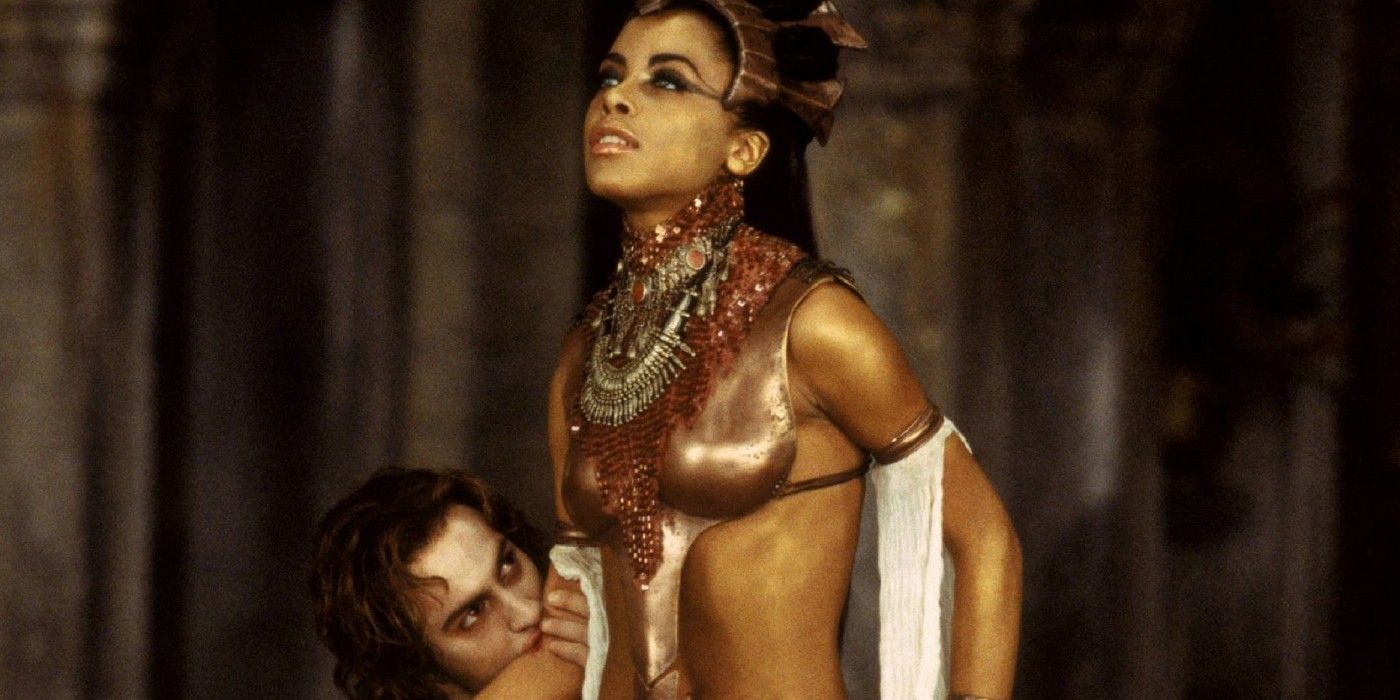
This is the first film on the list that is an adaptation of one of Anne Rice‘s foundational vampire novels. The world of the vampire Lestat de Lioncourt first came to the silver screen with the 1994 adaptation of Rice’s 1976 novel, Interview with the Vampire. The film adaptation of Queen of the Damned came in 2002, which also borrowed from Rice’s novel The Vampire Lestat, to form a prequel story leading to the events that occurred in the earlier film.
The Queen of the Damned is a remarkable vampire film in many ways, but mainly for the figure of Akasha (Aaliyah), a sensual and powerful vampire queen who awakens from centuries of sleep with an ambition to overtake the world with an army of her vampire children. Aaliyah’s performance was mesmerizing, slinking through each scene, speaking with a low and hypnotic accent that director Michael Rymer recalled encouraging her to develop by studying an Egyptian accent and reciting a monologue from Oscar Wilde‘s play Salome. The film is often criticized for having lost some of the magic that made Interview With the Vampire such a success, in its bid to tell two stories in one film. But Queen of the Damned has since earned a cult following, in part because of the tragic circumstances of Aaliyah’s death in a helicopter accident before the release of the film, but largely because the figure of Akasha has been seared into the cultural memory of Rice’s vampire universe.
3
‘Blade’ (1998)
Directed by Stephen Norrington
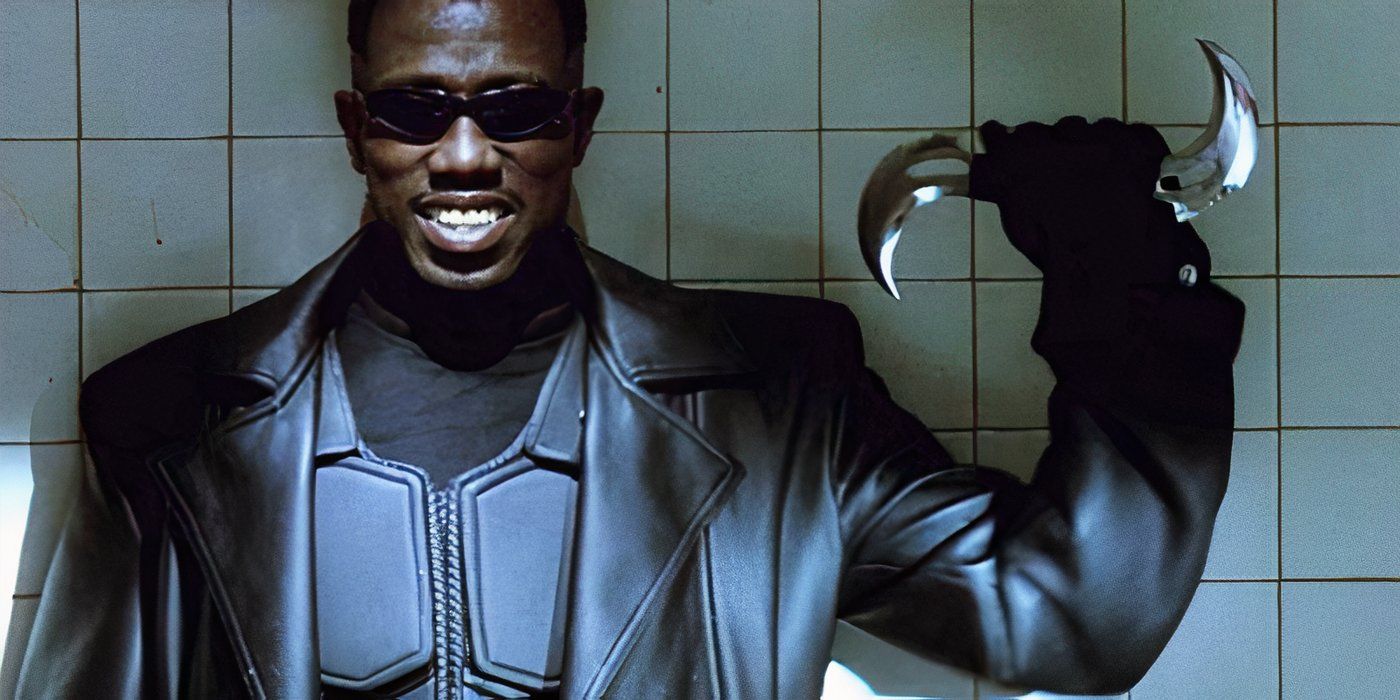
The 1998 film adaptation of Blade was many viewers’ introduction to the titular Marvel antihero, a “dhampir,” or “daywalker,” who is a human/vampire hyphenate that uses his powers to become the ultimate vampire hunter. Wesley Snipes embodied the broody, terse, and violent character so well that, for many, his depiction is the definitive version of the character. The film provides insight into the character’s origins as a vampire hunter, opening with a scene of his pregnant mother being attacked by vampires, causing her to go into premature labor. Blade’s origin story comes full circle by the end of the film, and his commitment to eradicating vampires is given deeper meaning as a result.
The Blade trilogy films featuring Snipes in the lead role have become canon for the character. The actor is so beloved as this particular Marvel character that he even reprized the role in Ryan Reynolds‘ 2024 film, Deadpool & Wolverine. Blade’s relentless search for his nemesis Deacon Frost (Stephen Dorff) comes to a close in their final faceoff, but the character’s final monologue at the end of the film makes clear his journey to rid the world of vampires is just kicking off. This early Marvel-inspired film has created a lasting legacy in the world of vampires and those who hunt them, so much so that the franchise has struggled to reboot the role to carry on Snipes’ legacy.
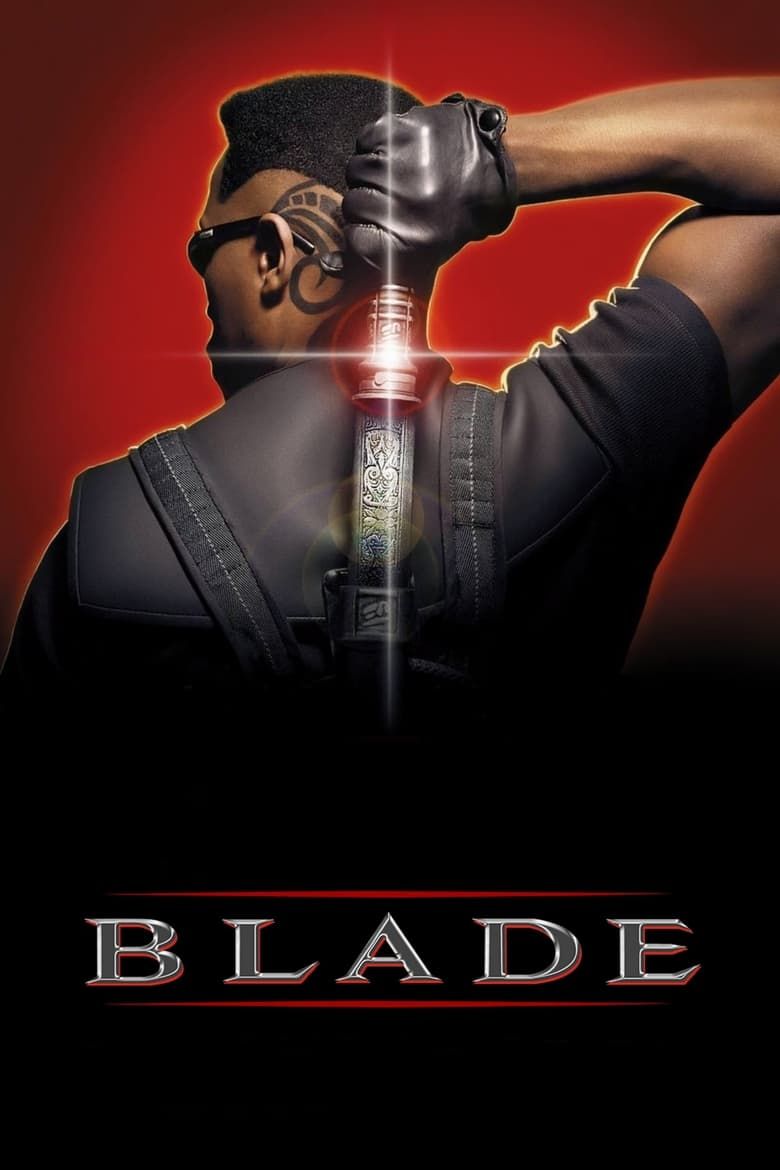
Blade
- Release Date
-
August 21, 1998
- Runtime
-
120 Minutes
2
‘Interview with the Vampire’ (1994)
Directed by Neil Jordan
The adaptation of Anne Rice’s novel Interview with the Vampire is one of the most gorgeously crafted vampire films to exist. The practical effects shockingly stand-up after the passage of so many years. The scenes were filmed on location in New Orleans, London, Paris, and San Francisco, a commitment to creating the epic scope of a period piece that is so often eschewed in modern films thanks to the assistance of CGI. The gorgeously crafted world of Lestat and his entourage would not have made such a lasting impact without this attention to detail.
The film was packed with handsome vampires to fawn over, with Tom Cruise depicting Lestat, Brad Pitt playing Lestat’s companion Louise, and Antonio Banderas as Armand. Kirsten Dunst debuted in her first role, playing the oddly mature vampire child Claudia. Although Rice was initially resistant to the casting of Cruise in the leading role, the author eventually made peace once she saw his flamboyant and villainous performance in the final cut of the film. For the attention to detail in its world building, its all-star cast, and its establishment of the Immortals Universe, Interview With a Vampire is high on the list of vampire films to watch if you loved the world building in Coogler’s Sinners.
1
‘Salem’s Lot’ (1979)
Directed by Tobe Hooper
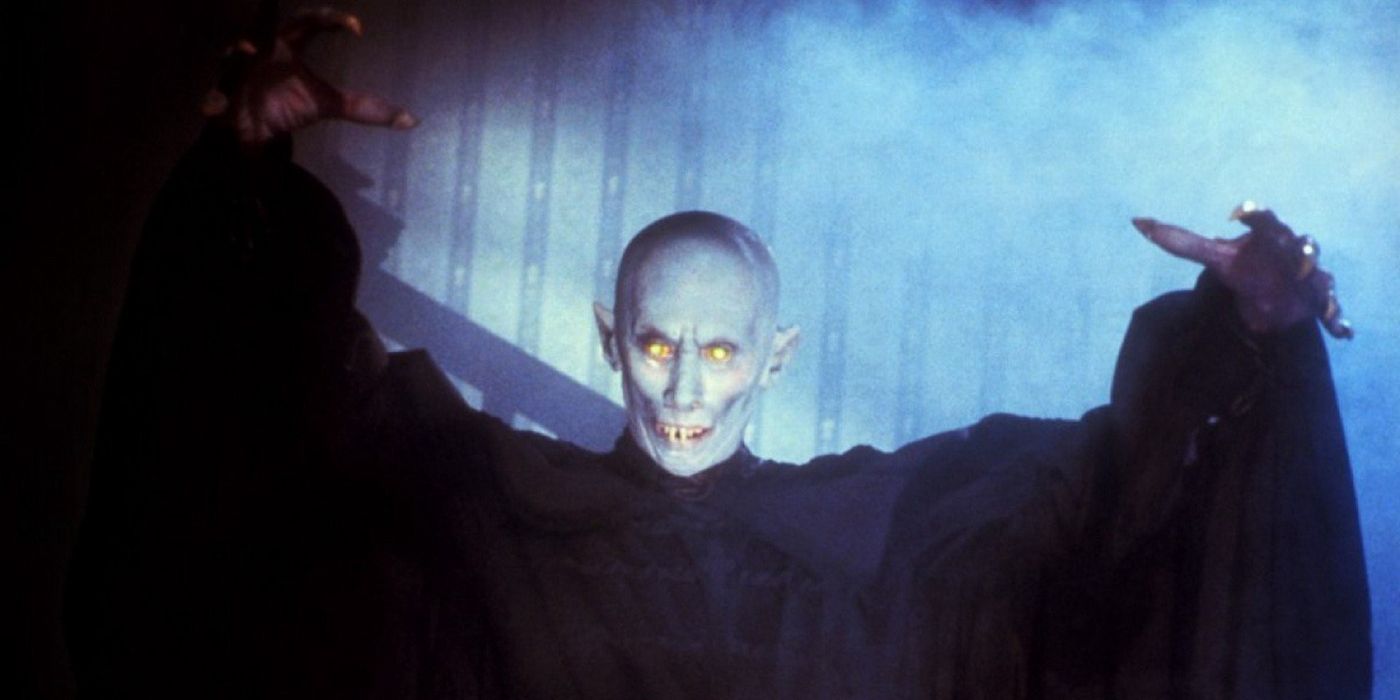
The world of Stephen King‘s novel Salem’s Lot was an important influence on Sinners. The 1979 two-part miniseries Salem’s Lot first aired on CBS, and has since developed a cult following. The miniseries took liberties with the novel’s source material, but by taking the time with the narrative to allow it to develop over the course of two parts, while considering the story as a cohesive whole, it ultimately paid tribute to the novel’s interrogation of the battle for faith between good and evil. The confrontation of faith between Father Callahan (James Gallery) and the vampire Kurt Barlow (Reggie Nalder) is a significant scene connecting the themes of the novel to the film adaptation.
Once again, the vampire story kicks off with a man returning to his small hometown only to be beset by supernatural forces. Author Ben Mears (David Soul) returns to his hometown, Salem’s Lot, intent on investigating the Marsten House, a creepy home with a sordid history. Townspeople begin to disappear, vampirism begins to spread through town, and Mears realizes that his investigation has led him into supernatural territory he was not prepared for. The 2024 film adaptation did its best to capture the themes from the source material, and pay homage to the miniseries. But no adaptation has captured the spirit of the novel in the same depth as the 1979 adaptation, largely because the novel contains enough material that it could easily benefit from being adapted into a full TV series.
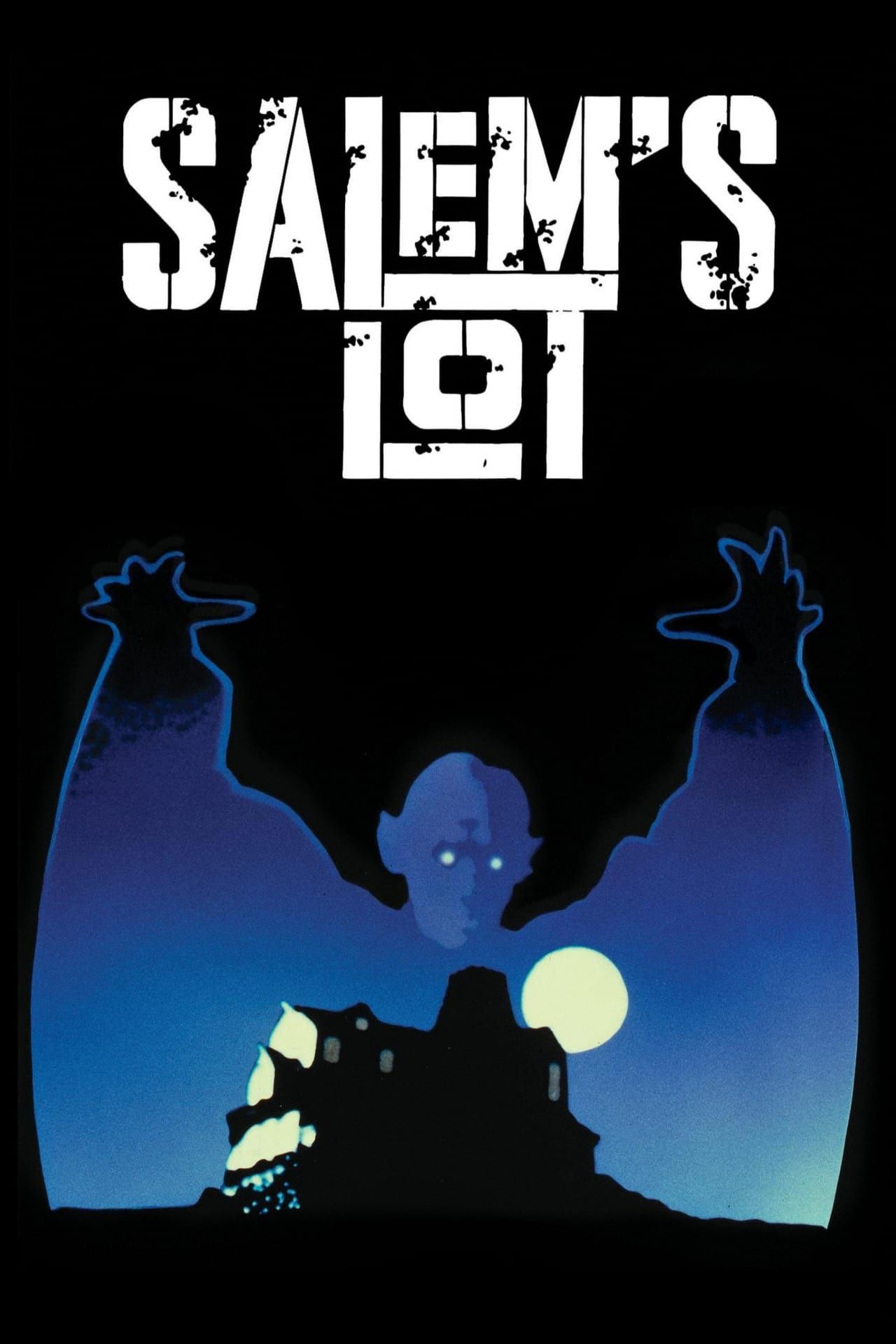
Salem’s Lot
- Release Date
-
November 17, 1979
- Runtime
-
200 Minutes
NEXT: The 10 Best Vampire Movies of the 2020s So Far, Ranked


